Oil City News, Wyoming Public Media, Wyoming News Now, and Gillette News Record contributed to this report.
Wyoming lawmakers are inching toward one of the biggest tax shake-ups the state has seen in decades: scrapping residential property taxes and making up the difference with a higher sales tax.
On Wednesday, the Legislature’s Joint Revenue Committee voted to sponsor two major bills for the 2026 budget session:
- A constitutional amendment to eliminate residential property taxes statewide;
- A “trigger” bill to raise the state sales tax from 4% to 6% if voters approve that amendment.
It’s the capstone of the committee’s off-season work, which has been dominated by one topic: homeowners’ property tax bills that have surged with rising values since at least 2022.
Lawmakers have already tried to take the edge off with smaller-bore moves — expanding refund programs, separating residential property into its own tax class, capping annual increases, and layering on exemptions. But nothing they’ve passed so far comes close to simply wiping out residential property taxes altogether.
Now they’re seriously considering it.
The core idea is simple on paper:
- Residential property tax goes to 0%.
A proposed constitutional amendment would change the taxable value of residential property to zero. That means no more property tax bills on people’s homes. - Sales tax goes up 2 percentage points.
If voters approve that amendment, a separate bill would kick in and raise the state sales and use tax from 4% to 6%. Counties could still add their own 1–3% on top, like they do now.
Right now, all but one county already has extra local sales tax layered on. In many places you’re already paying 5–7% at the register. Under this plan, that would likely jump to 7–9%.
The sales tax hike is expected to bring in around $475 million a year, which would be pushed out to local governments to help backfill what they lose from residential property taxes.
The constitutional amendment to eliminate residential taxes passed the committee on a 9–1 vote. Sen. Cale Case, R-Lander, was the lone “no.”
The sales tax bill passed 8–4, with Case and Reps. Jayme Lien, J.R. Riggins, and Clarence Styvar voting against it.
Because property tax rules are baked into the Wyoming Constitution, voters would have the final say in 2026.
This push didn’t start small.
Back in June, Sen. Bob Ide, R-Casper, pitched a much bigger idea: abolish all property taxes, not just on homes. His draft would have repealed most of Article 15 of the state constitution and wiped out taxes on residential, commercial, industrial, and personal property — roughly $2 billion in revenue in the 2024 tax year.
“We need to shift to a new system,” Ide told colleagues at the time.
That full repeal didn’t survive. Instead, the committee narrowed it to just residential property. Still huge, but not quite the total teardown Ide first proposed.
Ide sees the new combo — no property tax on homes, higher sales tax instead — as the cleanest way to protect taxpayers.
“I think what we’re trying to do here is protect our citizens. That’s all we’re trying to do,” he said Wednesday. “And a sales tax, a consumption tax is probably the best avenue to protect those citizens from what’s going on back in Washington with deficit spending and stimulus and all of those things.”
Ide also pointed out that none of his colleagues have heard a complaint like, “We wish you hadn’t lowered our property taxes.”
But not everyone in Wyoming is cheering for more cuts.
When the committee took its roadshow to Casper in August — Ide’s own backyard — they heard something very close to the opposite.
“Don’t defund and destroy our institutions,” Casper homeowner Lisa Jamieson told them.
She said she’s willing to keep paying property taxes if that’s what it takes to maintain schools, roads, and other basics.
“I would like for our communities to remain nice places to live, and I’m willing to pay taxes to keep that going,” she said.
Local officials are worried too, especially in counties that rely heavily on those property tax dollars and don’t have booming sales tax bases to fall back on.
Beth Blackwell, a grant and loan specialist for the city of Newcastle and former state Lands and Investments staffer, told lawmakers that many local governments and special districts are propped up by property tax revenue.
“Listening to all of this, it makes my stomach hurt,” she said. “You are cutting off the legs of our communities and pulling the blanket out from under them.”
Her big concern: sales taxes are way more volatile than property taxes. They rise and fall with consumer spending and tourism, making budgeting harder.
Sen. Case, who’s also an economist, backed that up.
“Sales tax, they’re the most erratic of your tax forms,” he said. “We already have a problem with erratic revenue streams from our minerals.”
If you want to see what this might look like in real numbers, Teton County is Exhibit A.
County officials there say eliminating residential property taxes would blow roughly $181 million a year out of their local revenue — just in that one county.
Most of that, about $141 million, is tied to schools and kids:
- $38.4 million to the State School Foundation,
- $2.8 million for the school district recreation fund,
- plus various other education-related levies.
The Teton County General Fund alone would lose at least $25 million, about a third of its budget, according to the Assessor’s Office. The local hospital would see a $9 million cut, and Teton County Weed and Pest would lose about $3.2 million.
Statewide, Legislative Service Office analysts estimate the impact of eliminating residential property taxes at around $644 million a year, based on 2025 assessments.
Can a 2% sales tax hike really cover that? Local officials in Teton County are doubtful.
Treasurer Katie Smits laid out the math:
- In Teton County, 1% of sales tax = about $25 million per year.
- Raising the county’s total sales tax rate from 7% to 9% would bring in about $50 million more annually.
That’s helpful — but still nowhere near the $181 million they’d lose in property taxes.
And to make things more complicated, that sales tax money doesn’t all flow back to local services. Smits describes it as a “waterfall”:
- 4% goes to the state’s general fund,
- 1% goes directly to town and county operations,
- 2% goes to SPET projects (specific purpose excise taxes that voters approve at the ballot).
Some of what the state collects trickles back down, but none of the sales tax directly funds schools right now.
Teton County Assessor Melissa Shinkle also flagged another problem: sales tax hits lower-income residents hardest.
A consumption tax is “regressive,” she reminded lawmakers — meaning the poor pay a larger share of their income at the checkout line than wealthier people do.
“A wealthy person paying an extra 2% sales tax is probably not going to feel it,” she said.
A lower-income family might.
Despite the warnings, some lawmakers see the property tax repeal as exactly the kind of homeowner relief they’ve been promising.
“I frankly see this is the best thing I’ve heard, is doing away with the property tax,” said Rep. Bob Wharff, R-Evanston. “Let people actually own their homes and do away with this perpetual tax that we have to pay on our property.”
Others, like Sen. Troy McKeown, R-Gillette, argue that a consumption-based system is more fair and more controllable.
He calls sales tax “fair across the board,” saying people can manage how much they’re taxed by choosing how much they spend. Property tax, he notes, keeps hitting homeowners even after the mortgage is paid off — and Wyoming’s current patchwork of exemptions has become “kind of a mess.”
Critics like Cheyenne teacher and homeowner Josephine Carlson aren’t buying that framing.
“Eliminating residential property tax is not a reform. It’s destabilization disguised as relief,” she told the committee.
She said she’s open to talks about restructuring and replacement revenue, but believes this plan goes too far, too fast.
Lifelong Wyomingite Ted Hanlin raised the equity question directly:
“Since we know that a sales tax is the most regressive form of tax, that it puts a bigger burden on low-income people than it does people like me, I just wonder what the rationale was for choosing that as a replacement to property tax?” he asked.
The committee didn’t just pass the big two bills and call it a day. At its final interim meeting, it moved forward seven property-tax-related proposals, including:
- Extending a long-term homeowner exemption
Repeals the sunset on an exemption for people 65 and older who’ve paid residential property tax for 25 years. That relief would become permanent if the bill passes. - The main constitutional amendment (26LSO-0100)
Sets the taxable value of residential property to 0% — effectively eliminating residential property tax if voters approve. - Adjusting “base year” values (26LSO-0101)
Resets a home’s taxable value to match fair market value at the time of sale or transfer, instead of letting past values linger. - A “flexibility” amendment (26LSO-0102)
Gives the Legislature broad leeway to design new valuation schemes for residential property if the main repeal passes. - Implementation bill (26LSO-0103)
Creates a new category of “residential real property,” taxed at 8.3% of value — essentially the mechanics if voters approve certain constitutional changes. - Appeals process changes (26LSO-0104)
Would’ve overhauled the property tax appeal and assessment information process, but lawmakers tabled it. - Alternate replacement plan (26LSO-0282)
Another approach that doesn’t completely zero out residential tax: Exempts the first $200,000 of a home’s value in 2026,
Then the first $2 million from 2027 onward,
And adds a 2% sales and use tax (again, raising the state rate to 6%) to help local governments recover lost revenue.
Gov. Mark Gordon has also stepped into the discussion. He’s suggested that if lawmakers can redesign sales and use taxes in a way that helps local governments, he’d consider dropping a proposed $105 million state backfill for property tax losses from his budget.
All of this is happening while a separate 50% residential property tax cut initiative is already slated for the 2026 ballot. If lawmakers move ahead, voters could be weighing two different statewide property tax measures in the same election.
None of these ideas are law yet. The Revenue Committee’s votes simply mean the bills will show up in the 2026 budget session, which starts Feb. 9, as committee-sponsored legislation — giving them a better chance of getting serious debate.
The big moves — namely eliminating residential property taxes — can’t happen without a statewide vote.
Between now and then, expect:
- Local officials to keep crunching the numbers on what they stand to lose,
- Economists to argue over volatility, fairness, and “regressivity,”
- And homeowners to decide what kind of tax pain they’d rather live with: the shock of a rising property tax bill, or a higher sales tax every time they check out at the grocery store.
As Teton County Treasurer Katie Smits put it: “We’re all scratching our heads” trying to figure out what this would really look like on the ground.
And that, ultimately, may be the question Wyoming voters are asked to answer in 2026.

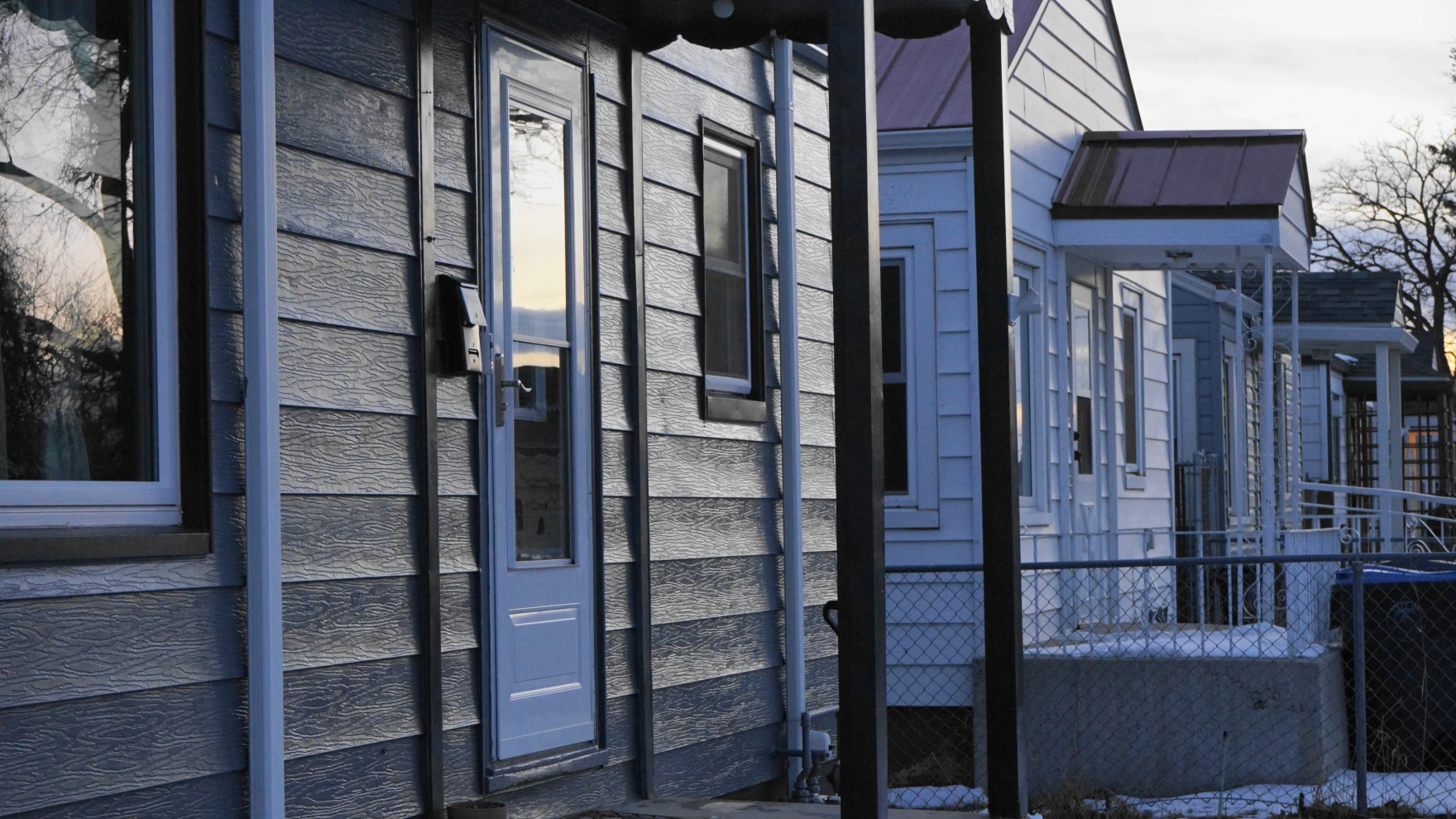

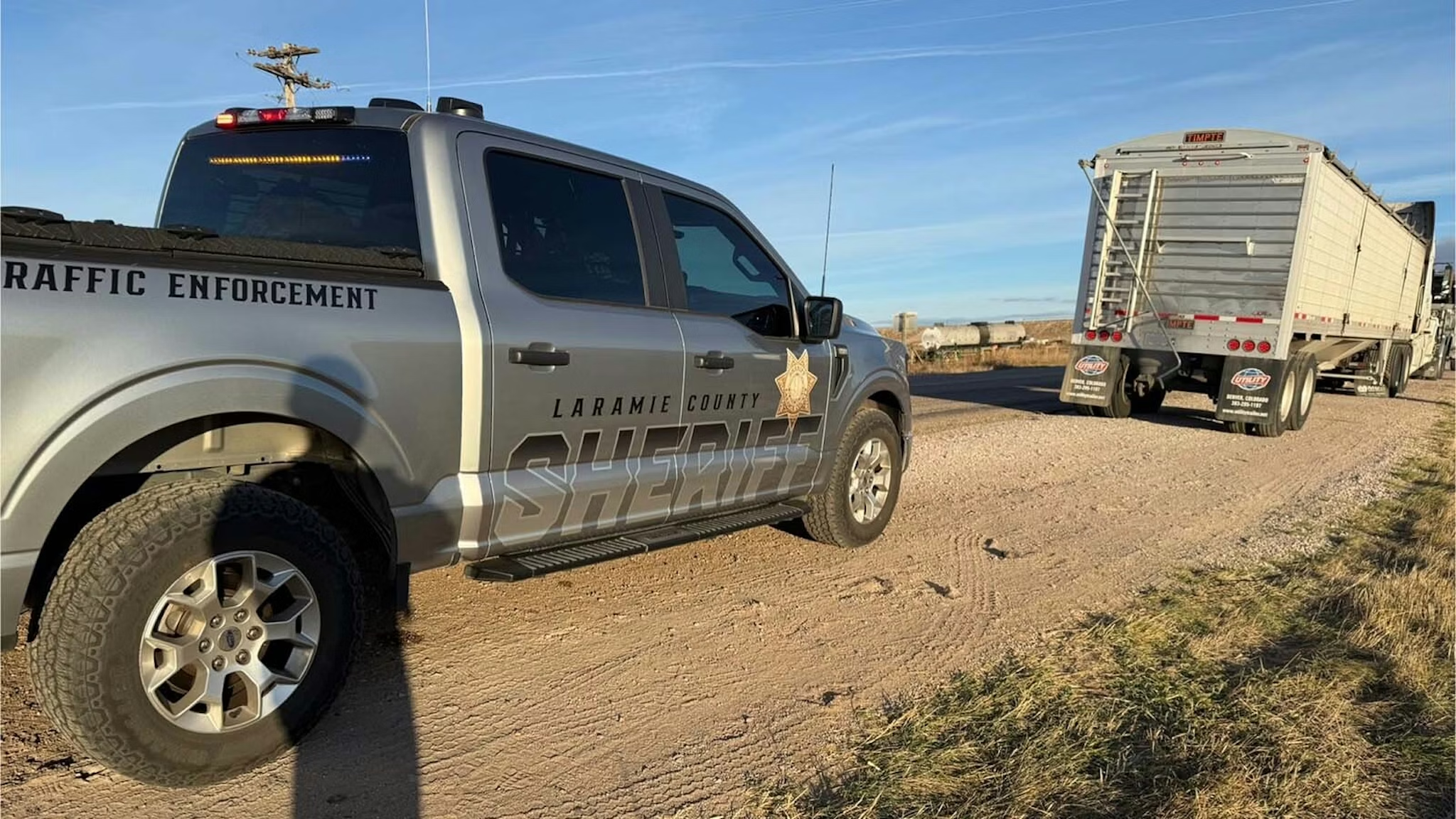

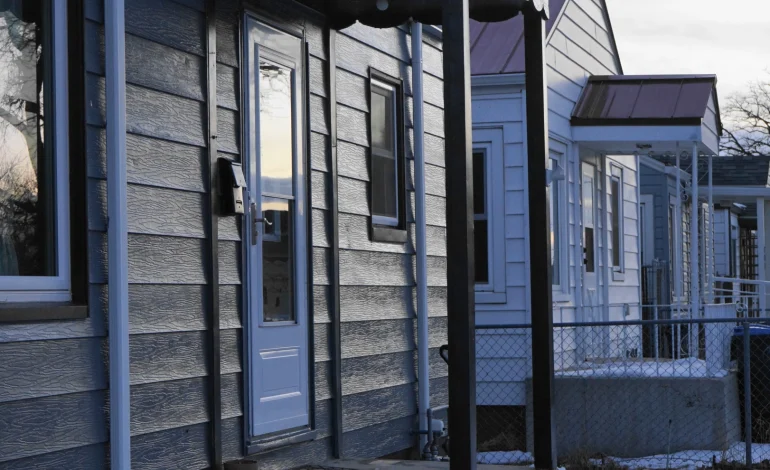

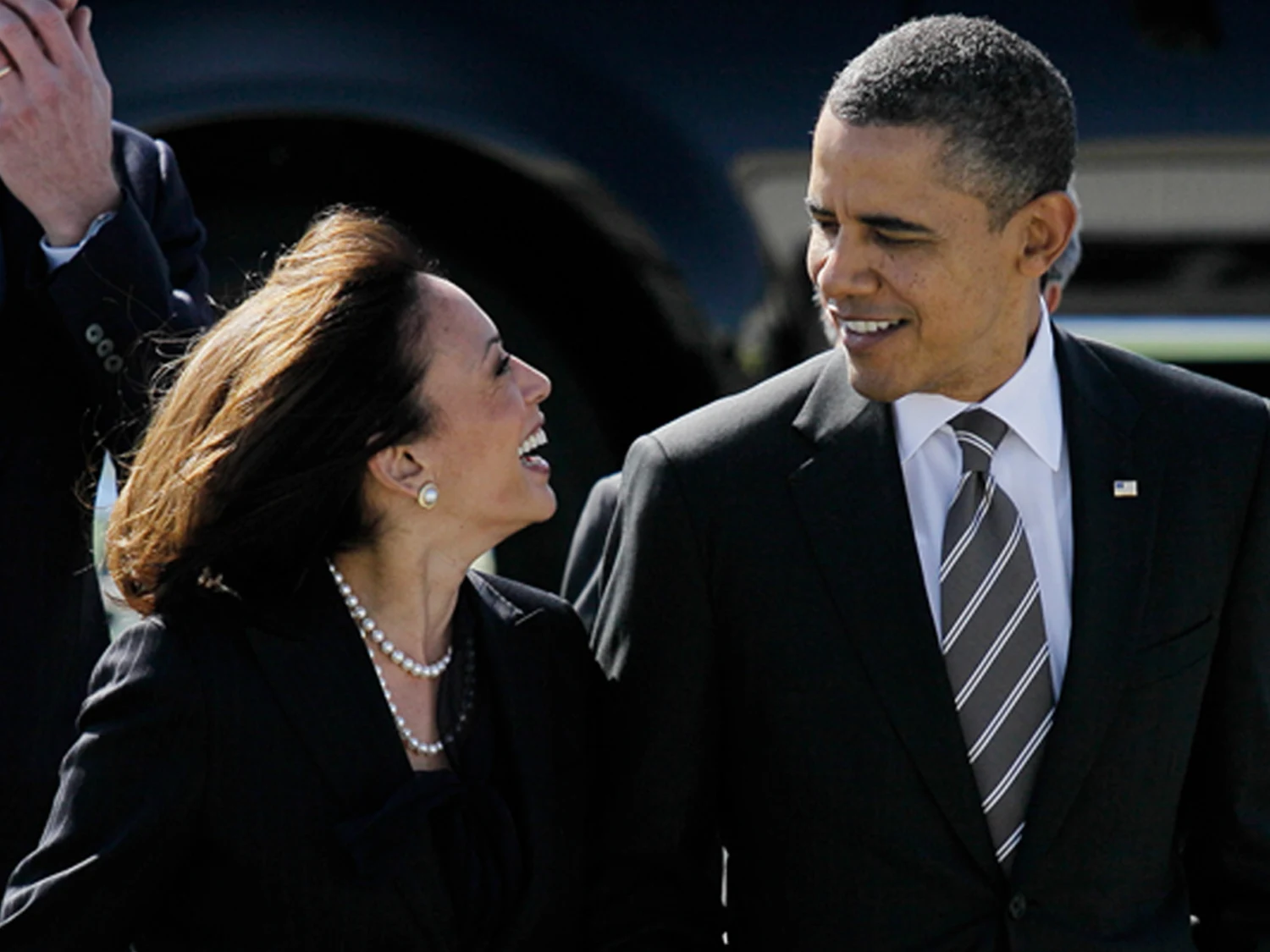
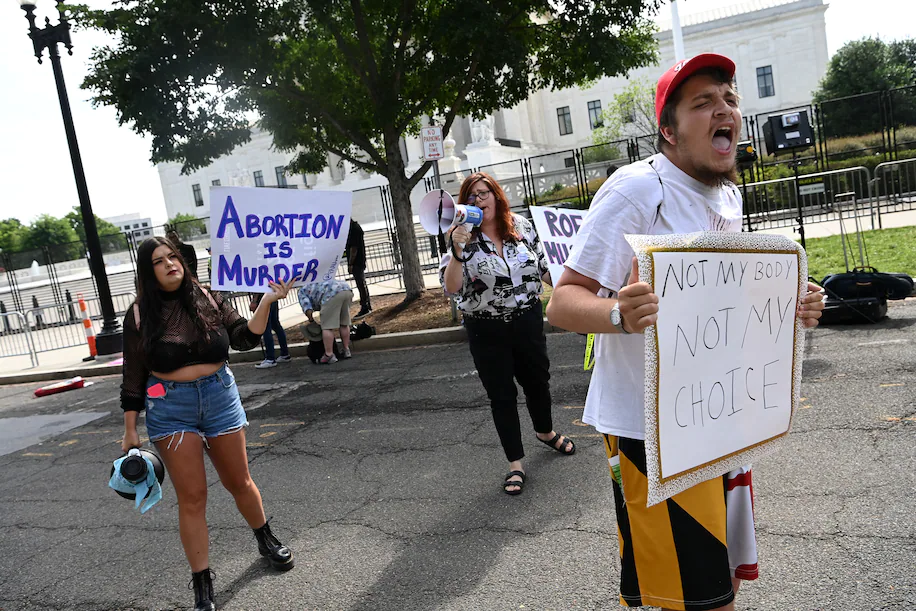

The latest news in your social feeds
Subscribe to our social media platforms to stay tuned